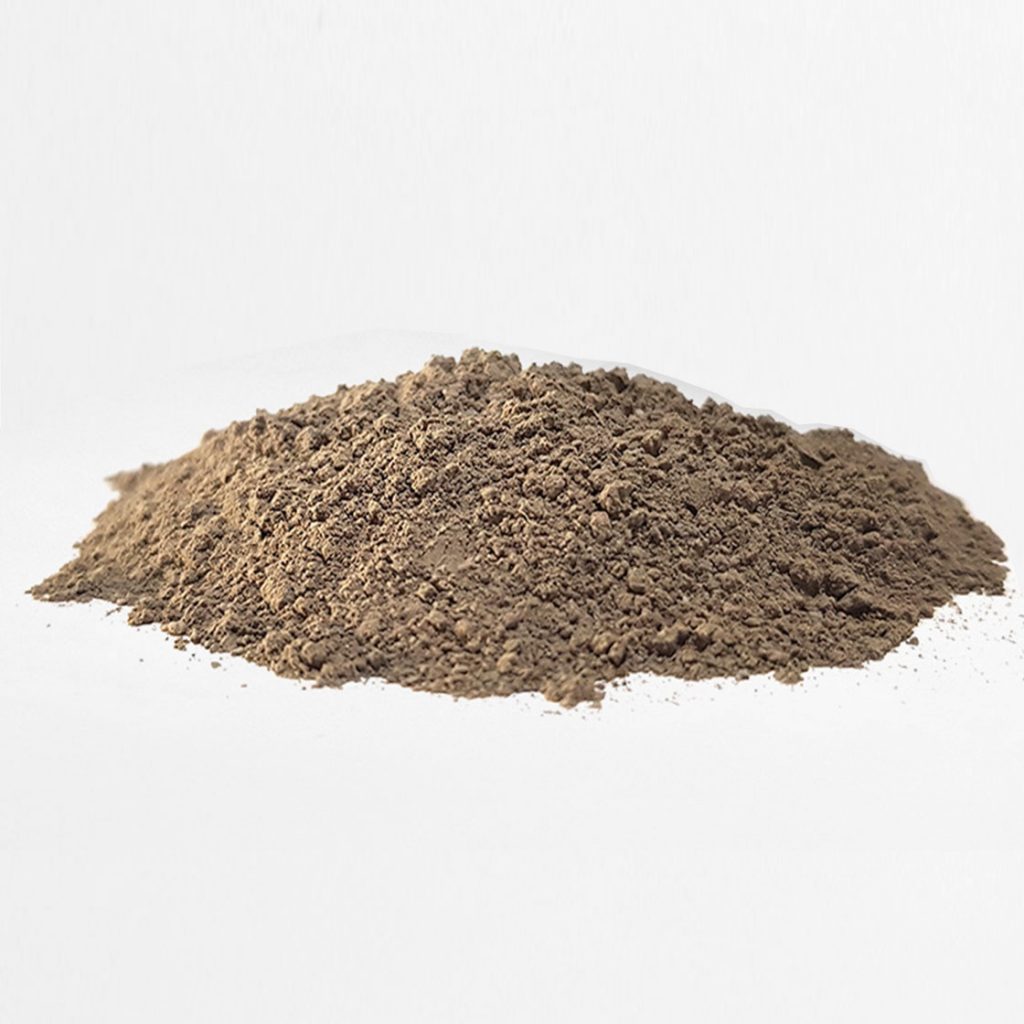Главная страница » Portfolio » Refractory raw materials » Fireclay
Refractory Clay — High-Temperature Raw Material for Durable Refractory Products
Refractory clay is a naturally occurring or processed material with high alumina and low impurity content, widely used in the production of refractory bricks, castables, mortars, and other heat-resistant components. Available in various grades, it plays a crucial role in building and maintaining structures exposed to extreme heat and chemical attack.
What Is Refractory Clay?
Refractory clay is a fire-resistant material, primarily composed of kaolinite (Al₂Si₂O₅(OH)₄) and other alumino-silicates. It has excellent thermal stability, plasticity, and workability, making it a foundational ingredient in many refractory formulations. The grade of refractory clay depends on its alumina content, impurity level, grain size, and firing behavior.
Key Advantages:
- High heat resistance — withstands temperatures up to 1650–1750°C;
- Plastic and moldable — ideal for shaping and forming complex parts;
- Good bonding properties — enhances strength of refractory mixtures;
- Natural and economical — widely available and cost-effective;
- Compatible with other raw materials — blends easily with grog, bauxite, or chamotte.
Applications:
- Manufacturing of fireclay bricks;
- Base material for mortars and castables;
- Kiln car construction and kiln furniture;
- Ladle linings and troughs in foundries;
- Heat-resistant tiles, domes, and insulation layers.
Grades of Refractory Clay:
- High-alumina clay (≥ 40% Al₂O₃):
For high-duty applications and harsh environments; - Medium-grade clay (30–40% Al₂O₃):
Balanced performance for general-purpose use; - Low-grade clay (20–30% Al₂O₃):
Suitable for insulating and less demanding thermal conditions; - Plastic fireclay:
- Soft and moldable, used in plastic refractories and handmade parts
Calcined clay (Chamotte): Pre-fired and crushed, used as a grog for reduced shrinkage and improved strength.

